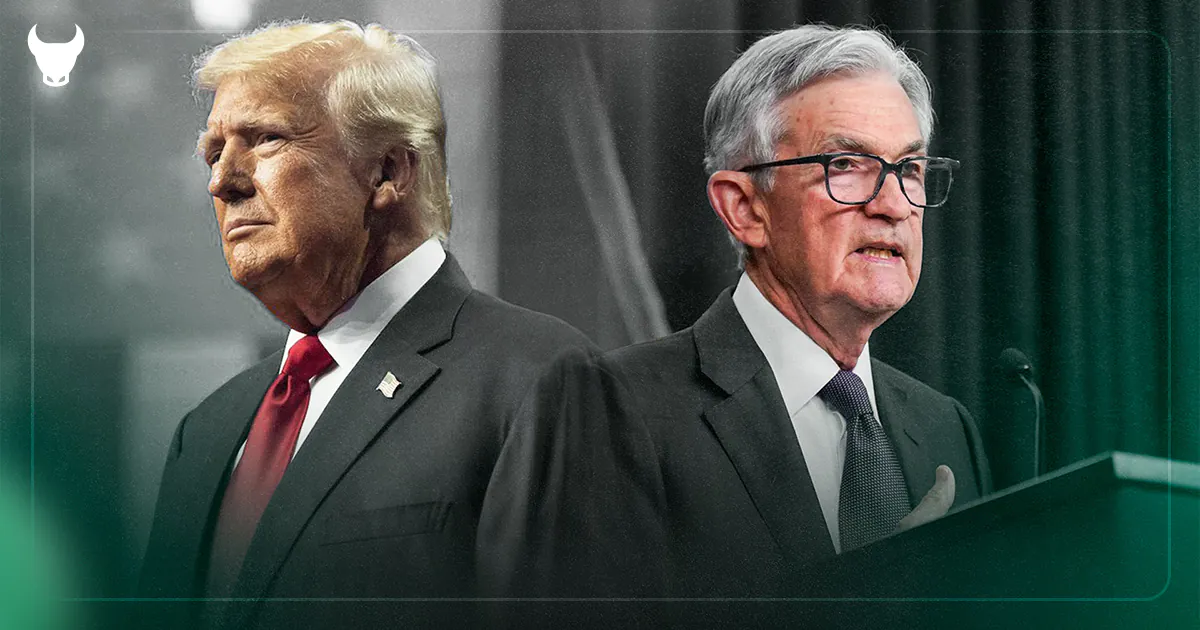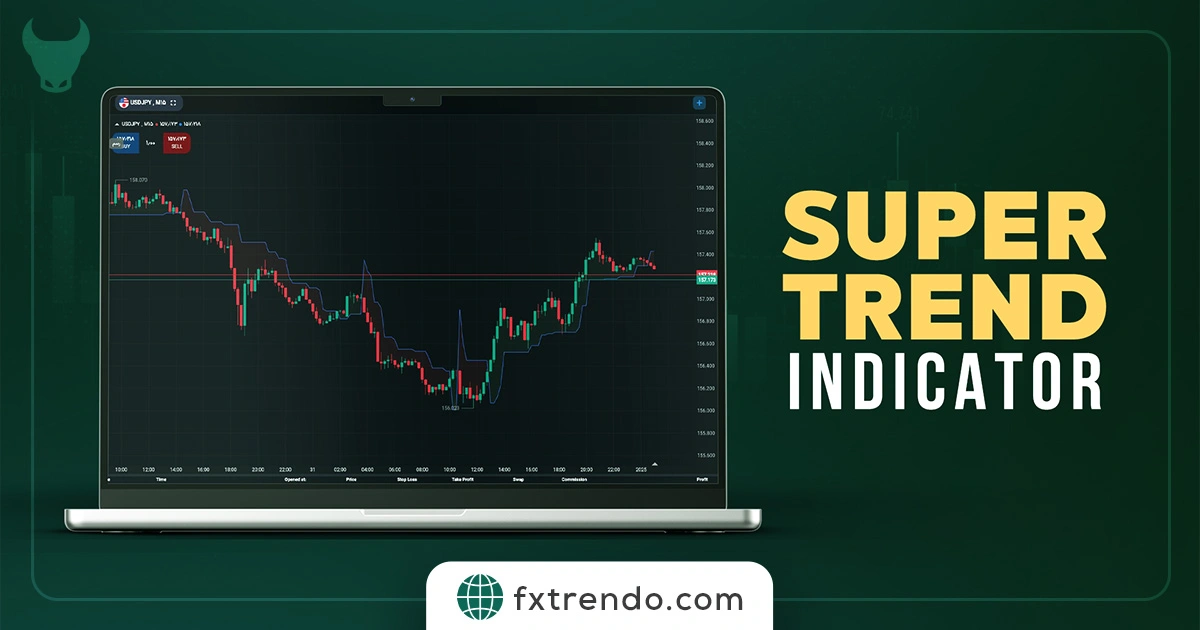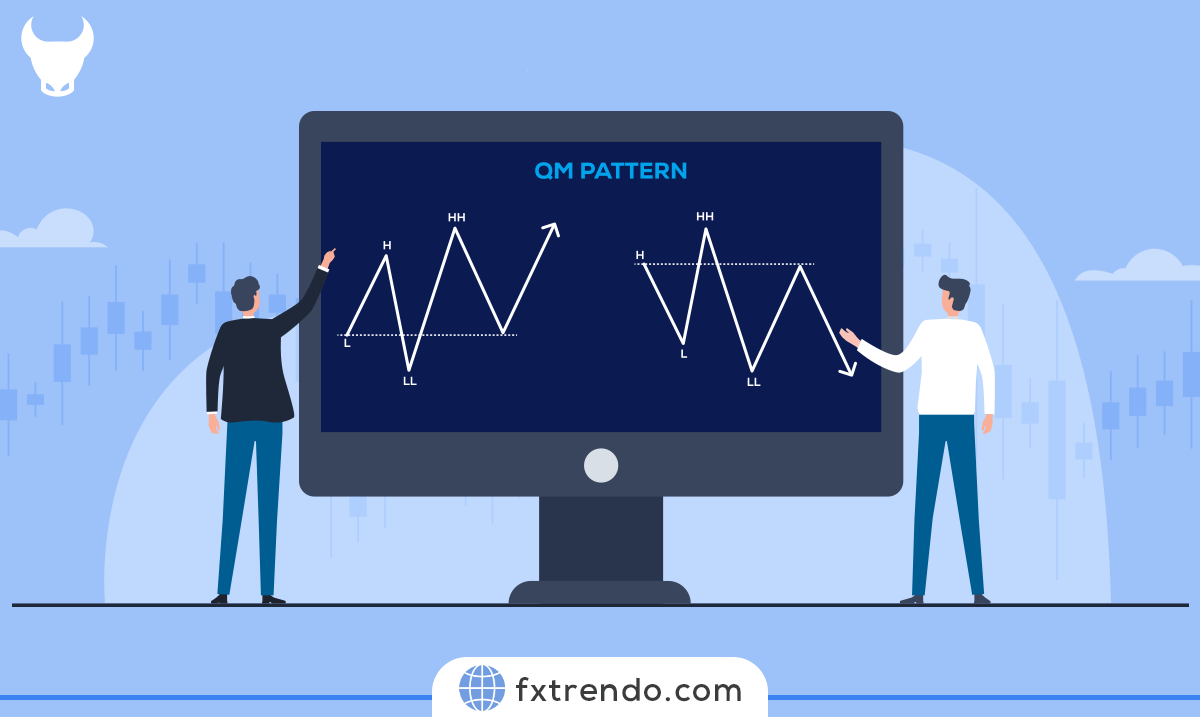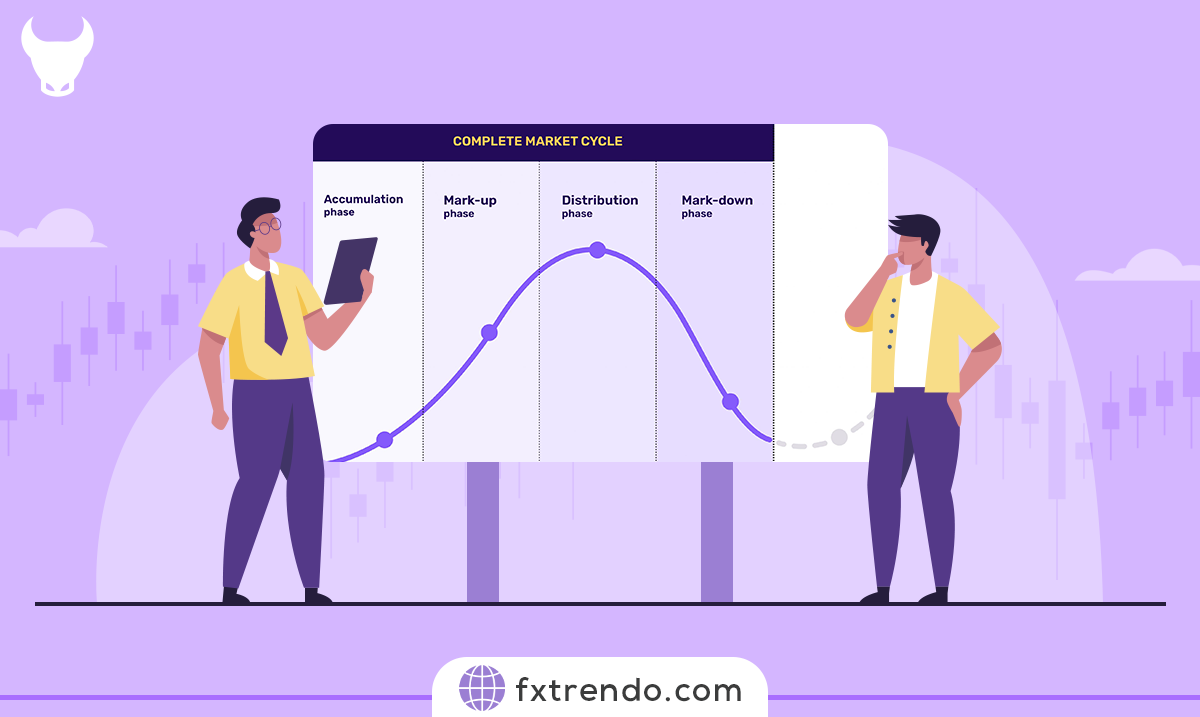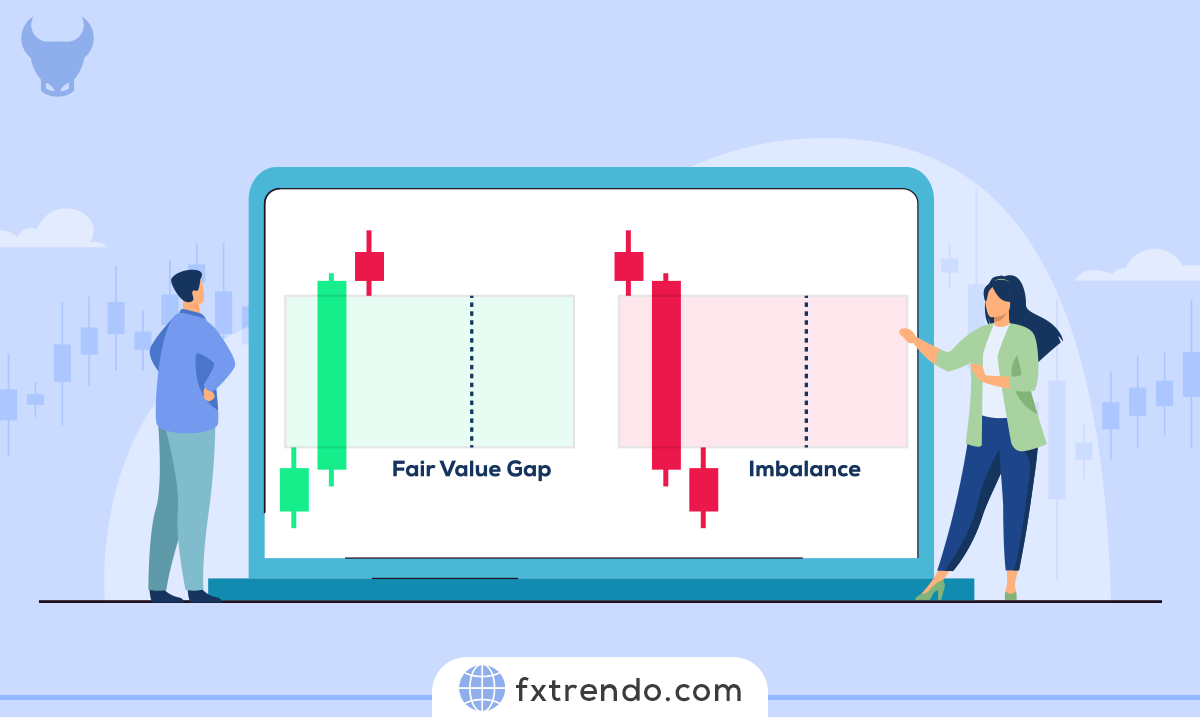One of the most controversial political–economic tensions in the United States is the ongoing clash between President Donald Trump and the Chairman of the Federal Reserve, Jerome Powell. This confrontation, which began at the start of Trump’s second term, has now escalated to a point where it threatens the independence of the U.S. central bank.
Background to the Crisis
The Role and Importance of the Federal Reserve
The U.S. Federal Reserve, established in 1913, has maintained two primary goals since the late 1970s: preserving price stability and supporting employment for Americans. A critical point is that the Fed is an independent institution, with the authority to raise or lower interest rates without the approval of Congress or the President.
As economist Claudia Sahm explains, the Fed’s independence is like the brakes of a car—precisely when the driver (a politician) wants to speed recklessly, the brakes (an independent central bank) must work to prevent a crash (an economic crisis).
Roots of the Tension
For months, Trump has pressured the Fed, demanding lower interest rates to stimulate the U.S. economy and reduce government borrowing costs. He has repeatedly targeted Powell, at times calling him “an idiot.”
Timeline of Developments
July 2025: Escalation of Tensions
-
July 22: Trump announced that Powell would remain in his position until the end of his term in May 2026.
-
July 24: A historic and public dispute — Trump became the first president since 2006 to visit the Fed’s headquarters. In front of reporters, he argued with Powell over renovation expenses. Trump claimed costs had reached $3.1 billion, while Powell disagreed.
August 2025: Peak of the Conflict
August 12: Major lawsuit threat — On Truth Social, Trump wrote:
Powell must cut interest rates now. I am considering a major lawsuit against him due to his disastrous and unacceptable handling of the Fed’s building renovations.
August 22: Powell’s speech at Jackson Hole — In his final major address, Powell acknowledged that rate cuts were possible, but emphasized that decisions would be based on economic data, not political pressure:
We will never deviate from this approach.
The Lisa Cook Dismissal: Trump’s Next Step
In an unprecedented move in Federal Reserve history, Trump announced the dismissal of Lisa Cook, a Fed Governor, citing alleged mortgage fraud. Cook, however, refused to step down and threatened Trump with legal action.
No U.S. president in the Fed’s 111-year history had ever dismissed a Governor.
Renovation Dispute: A Pretext for Pressure
Financial Dimensions of the Project
The Fed’s headquarters renovation, initially estimated at $1.9 billion, has now reached around $2.5 billion. Powell explained in a letter that these 1930s-era buildings had never undergone full renovation and required extensive structural repairs.
Political Exploitation
Trump and his allies are using the renovation project as a political weapon, arguing that the massive spending could be leveraged to fuel public pressure on Powell. Trump compared the Fed’s expenses with the daily struggles of Americans trying to afford housing.
Market Reactions and Concerns
Initial Market Response
So far, financial markets have remained calm in the face of Trump’s threats. Major U.S. indices, including the S&P 500, showed little change. The dollar initially fell against major currencies after Trump’s attacks but recovered part of its losses.
Long-Term Concerns
Experts warn, however, that this calm should not be misleading. Krishna Guha and Marco Casiraghi from Evercore ISI’s Global Policy and Central Bank Strategy team argue that the markets have not fully “priced in” the consequences of Trump’s interventions.
Why Central Bank Independence Matters
Dangers of Political Interference
Political influence in monetary policy can be highly risky. While interest rate cuts may create short-term growth, they can eventually trigger higher inflation, market instability, and rising costs for borrowers.
In 2010, then-Fed Chairman Ben Bernanke warned that political interference could generate destructive “boom and bust” cycles, making inflation harder to control.
Global Implications
This issue extends beyond the U.S. Global investors view the Fed and U.S. Treasury bonds as a safe haven. If confidence in the Fed’s credibility declines, borrowing costs for the U.S. government could rise — a shock that would ripple across global markets.
Powell’s Stance: Resisting Pressure
Commitment to Independence
Powell has told close colleagues he will not yield to Trump’s demands for resignation and is determined to endure the unprecedented pressure for the remaining months. He argues that staying in office is about defending principles beyond personal reasons, as the fate of his leadership is tied to the Fed’s institutional independence.
A Practical Approach
Powell noted to colleagues that he intends to keep his head down. This strategy temporarily paid off on July 24, when Trump softened his rhetoric after meeting Powell during the Fed headquarters visit.
What Lies Ahead?
Following Powell’s Jackson Hole speech, markets raised the probability of a September rate cut to 87%, compared to 75% before the speech. If delivered, it would mark the first rate cut since December 2024.
Meanwhile, Trump nominated Stephen Miran, Chairman of the Council of Economic Advisers, to fill a vacancy on the Fed’s Board of Governors. If Cook is removed and Miran confirmed, the Fed’s Board would tilt in Trump’s favor.
Powell’s term ends in May 2026, and Trump is actively searching for a successor. Some potential candidates have already signaled intentions to shrink the Fed’s workforce if chosen.
Conclusion
The clash between Trump and Powell is far more than a routine political dispute; it represents a serious threat to one of America’s most fundamental economic institutions. While financial markets have so far reacted mildly, experts warn that prolonged tensions could carry profound consequences for both the U.S. and the global economy.
Economists such as Torsten Slok caution that if Powell bows to Trump’s pressure and cuts rates prematurely, he may later be forced to reverse course. This would echo the 1970s, when the Fed cut rates only to raise them sharply once inflation surged again. Such policy flip-flops created economic instability and recurring recessions.
If history repeats itself, Powell could find himself trapped between political pressure and his responsibility to control inflation.
The lingering question remains:
Will the independence of the U.S. Federal Reserve — a cornerstone of economic stability for decades — withstand political pressure, or will it ultimately erode?
Sources:
Analysis: Trump took extraordinary action against the Fed. He may not go all the way | CNN Business
Trump vs the Fed: Why this row could rattle the US economy
